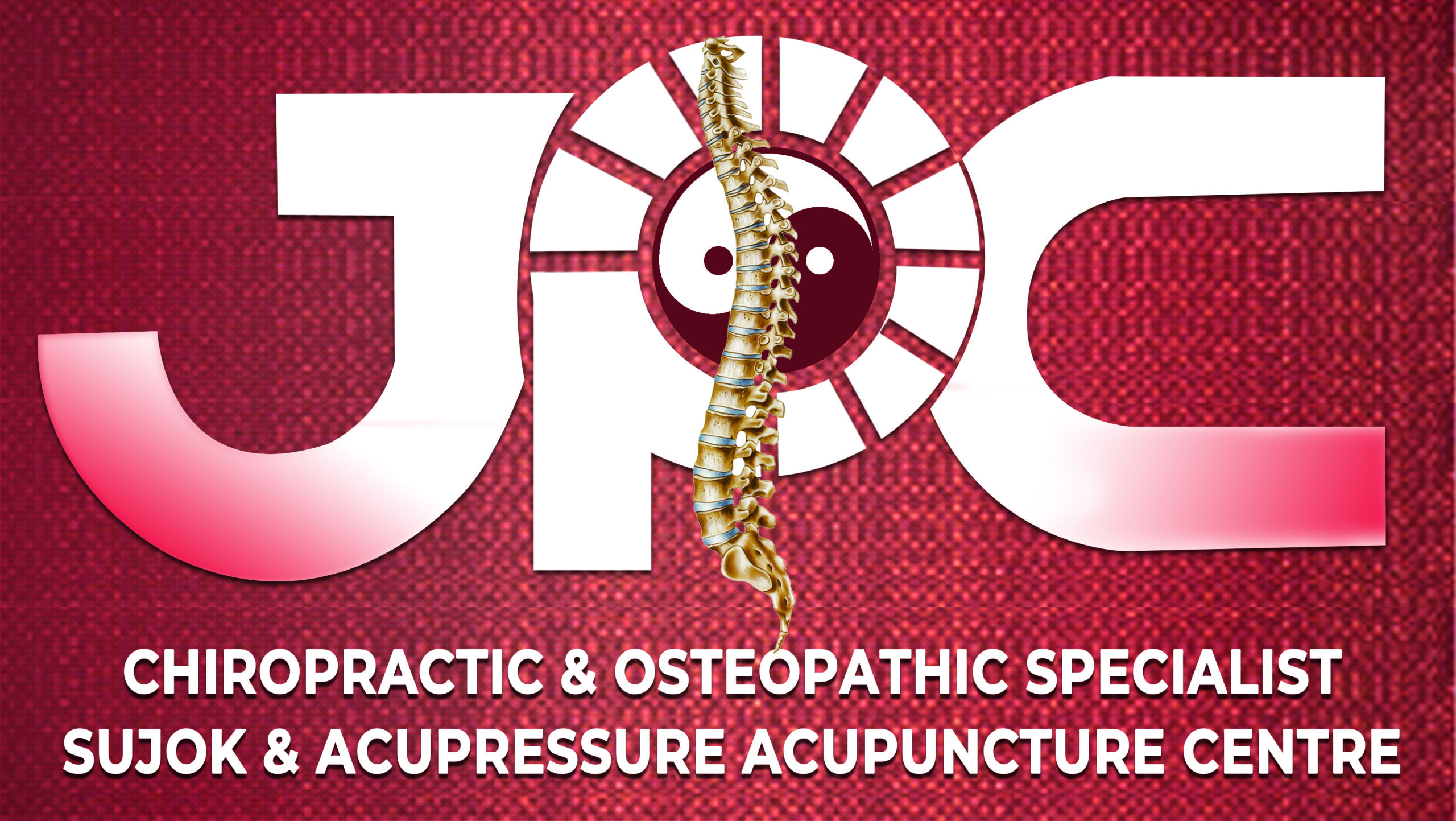Back pain is a prevalent issue that can significantly impact daily life. Whether it’s a dull ache or sharp discomfort, knowing how to manage and alleviate back pain is essential for overall well-being.
- Identify the Cause: Pinpointing the root cause of your back pain is crucial. It could be due to poor posture, muscle strain, injury, or underlying medical conditions. Understanding the cause helps in devising an effective plan for relief.
- Rest and Gentle Movement: While rest is important, prolonged inactivity can worsen back pain. Engage in gentle movements and stretches to prevent stiffness. Consult a healthcare professional for suitable exercises.
- Maintain Good Posture: Poor posture places undue stress on the spine. Whether sitting or standing, practice proper alignment to alleviate strain on your back muscles and ligaments.
- Supportive Ergonomics: Ensure that your workspace and furniture provide adequate support. A well-designed chair and proper keyboard height can make a significant difference in preventing back pain.
- Heat and Cold Therapy: Applying heat or cold packs can provide temporary relief. Cold packs reduce inflammation, while heat relaxes muscles. Alternate between the two for 15-20 minutes each.
- Over-the-Counter Pain Relief: Non-prescription pain relievers like ibuprofen or acetaminophen can offer short-term relief. Consult a healthcare professional before using them regularly.
- Lifestyle Adjustments: Maintain a healthy weight, as excess weight strains the back. Engage in regular low-impact exercises to strengthen muscles supporting the spine.
- Mind Your Lifting Technique: Whether lifting at the gym or at home, use proper technique. Bend at the knees, keep the object close to your body, and avoid twisting motions.
- Relaxation Techniques: Stress can exacerbate back pain. Practice relaxation methods like deep breathing, meditation, or yoga to reduce tension and promote healing.
- Consult a Professional: If back pain persists or worsens, consult a healthcare provider. They can diagnose the underlying cause and recommend appropriate treatments, including physical therapy or specialist care.
- Preventive Measures: Once the pain subsides, maintain a preventive routine. Continue with exercises, proper posture, and lifestyle adjustments to reduce the risk of future episodes.
- Personalized Treatment: Remember, every individual is unique. What works for one person might not work for another. Tailor your approach based on your specific needs and responses.
Addressing back pain involves a holistic approach that encompasses lifestyle changes, ergonomic improvements, and professional guidance. By combining these strategies, you can work towards relieving back pain, enhancing your quality of life, and ensuring a healthier back for years to come.




